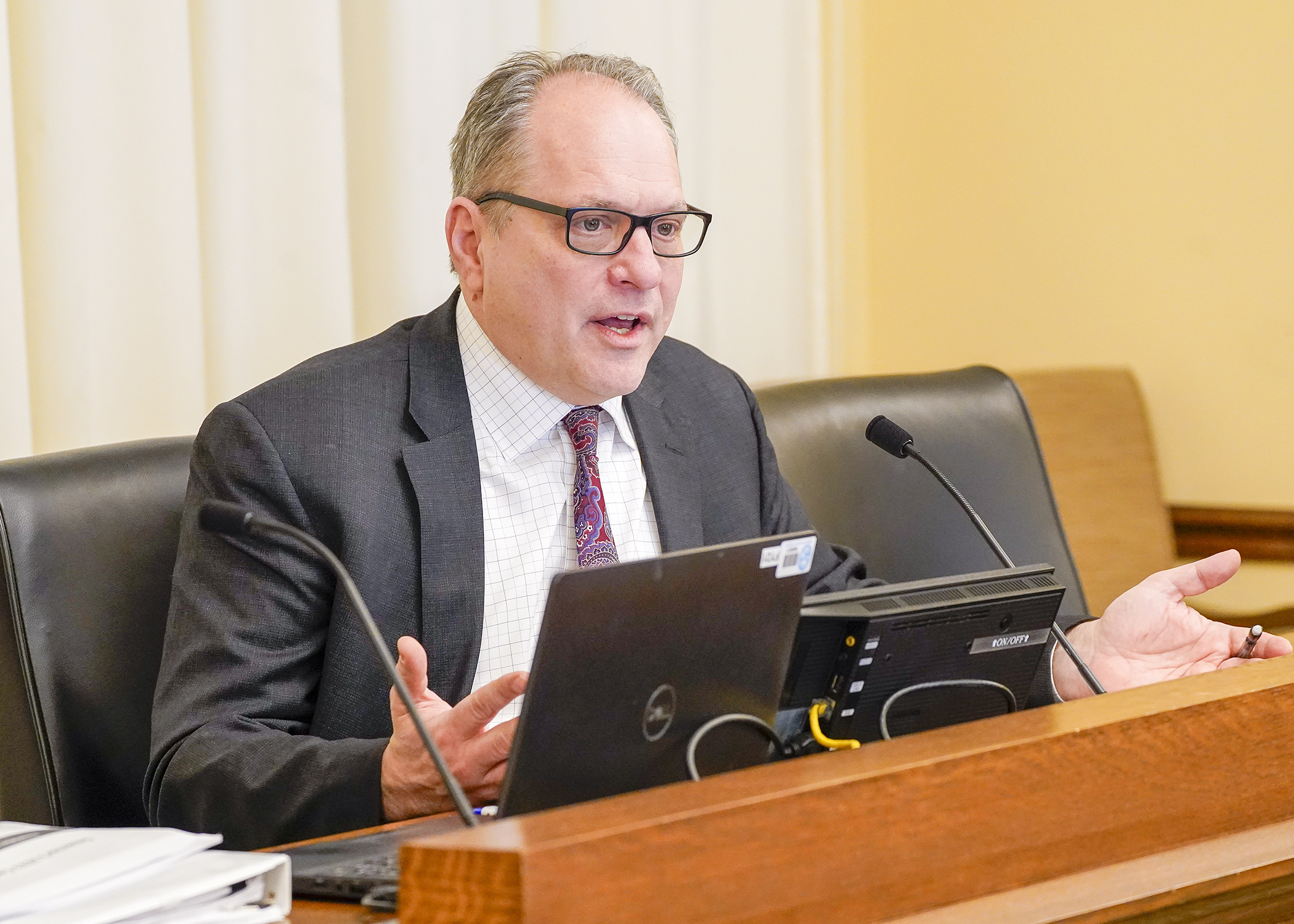Citing ‘growing demand,’ Walz administration proposes $3 billion bonding plan

It’s been practice of the Legislature to address capital projects with large bonding bills in even-numbered years.
That didn’t happen in 2022.
Gov. Tim Walz proposed capital projects last January, but the Legislature took no action.
The $3.3 billion proposal this year is pretty much the same as far as which capital projects to undertake; however, the cost is much greater accounting for increased costs of labor, supplies and construction equipment. Minnesota Management and Budget officials figure the delay added 20% to the cost of projects.
“There’s a growing demand for infrastructure in our state,” Commissioner Jim Schowalter said. His office received almost $5.5 billion in requests from state and local governments, as of last January.
The House Capital Investment Committee heard the governor’s infrastructure proposal Monday but took no action. Funding it in full could leverage an additional $2 billion from other sources, Schowalter said.
The governor’s proposed 2023 infrastructure plan would fund projects across a variety of areas, including:
- $1.2 billion for asset preservation, including a combined $316.24 million for the University of Minnesota and Minnesota State system and almost $133 million for the Department of Natural Resources;
- $651 million for roads, water systems and bridge replacement;
- $524 million focused on community and equity to send funding to areas traditionally excluded from capital investments. Some projects could include community centers or public safety buildings;
- $474 million to address housing and homelessness; and
- $312 million for projects to preserve the environment and mitigate effects of climate change, including a $72 million investment in bus rapid transit programs and $24 million in flood hazard mitigation.
Maintaining what we have is a recurring theme in the requests, and the need is huge, Schowalter said. Deferred maintenance on buildings housing state agencies, plus the two university systems totals $5.6 billion.
“Asset preservation needs are real, they are significant and obviously they impact the quality and useful life of our assets,” Schowalter said.
The governor’s recommendations propose funding infrastructure projects with $1.9 billion from general obligation bonds and an additional $1.4 billion in other financing, which includes:
- $699 million in other cash investments;
- $250 million in appropriation bonds;
- $200 million in equity focused cash investments;
- $168 million in trunk highway bonds; and
- $58 million in user-financed bonds.
Some funding streams are more appropriate for specific projects than others, Schowalter said, adding obligation bonds have strict and defined uses. The governor’s proposal includes $119 million less in general obligation bonds and $602 million more in cash from the General Fund than in 2022. This is to stay within debt capacity guidelines, Schowalter said.
Committee members heard specifics from three agencies.
Among requests from Administration Department are $56 million for the second phase of security upgrades around the Capitol Complex.
Transportation Department requests include $650 million in road, bridge, and water system projects across the state, including $222 million in local water infrastructure grants and loans, $144 million for local bridge replacements, and $108 million for local road improvement projects.
The Department of Veterans Affairs seeks $77.7 million to replace the facility that houses the Minnesota Veteran’s Home – Hastings Domiciliary Program and $12.36 million for asset preservation at agency buildings, veteran’s homes, and cemeteries.
Related Articles
Search Session Daily
Advanced Search OptionsPriority Dailies
Ways and Means Committee OKs proposed $512 million supplemental budget on party-line vote
By Mike Cook Meeting more needs or fiscal irresponsibility is one way to sum up the differences among the two parties on a supplemental spending package a year after a $72 billion state budg...
Meeting more needs or fiscal irresponsibility is one way to sum up the differences among the two parties on a supplemental spending package a year after a $72 billion state budg...
Minnesota’s projected budget surplus balloons to $3.7 billion, but fiscal pressure still looms
By Rob Hubbard Just as Minnesota has experienced a warmer winter than usual, so has the state’s budget outlook warmed over the past few months.
On Thursday, Minnesota Management and Budget...
Just as Minnesota has experienced a warmer winter than usual, so has the state’s budget outlook warmed over the past few months.
On Thursday, Minnesota Management and Budget...